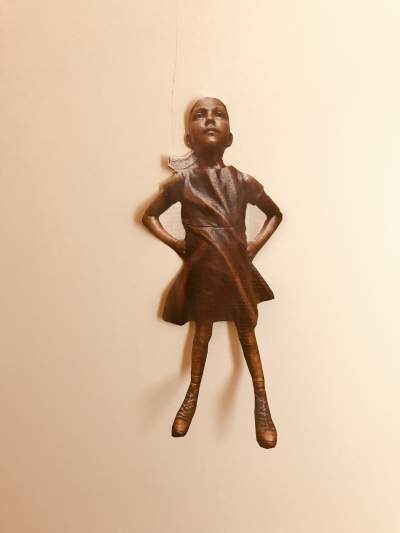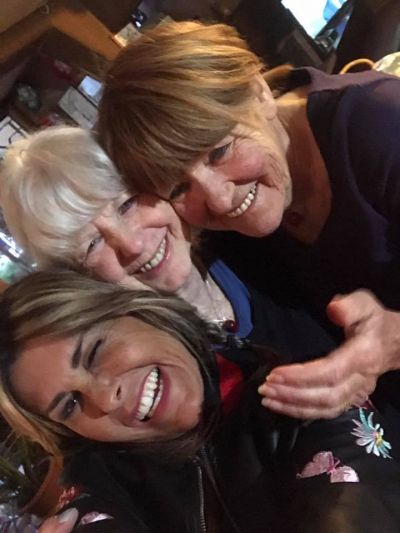Carol Gets Her Moxie Back
Moxie: Psychotherapy for the Psychotherapist
My husband and I are on the auto train returning from Florida. On the way down to Florida, the three-days of driving terrified me. I totally lost my nerve and when it was my turn to drive had to clutch the wheel tightly because my hands were shaking so much. I never drove while we were in Florida and we decided to take the auto train back, so that we only have a ten-hour drive to Boston from the Virginia train stop. We’ve upgraded from a Roomette— too tiny, and without a toilet, for two 70 year olds who need to go frequently—to a bedroom with its own toilet. My husband has generously taken the upper bunk. I have everything I need to be as comfortable as possible, but even though I’m a psychotherapist with many years of experience, for the past three hours I’ve been gripped by fear. Fear says that it is a double story train and could fall off the tracks. The constant swaying confirms this. There is only one way to deal with this and that is to lie rigid on my back with all my concentration on the swaying. In this way I might be able, with the force of my will, to keep the train on the tracks. I remain glued to my task until at 1:30 AM, after I’ve looked once more at the time, there is the tiniest gap in my fear and I ask myself why I am so scared. All I can think is that it must be because I’m so scared of dying. I examine and accept that thought, but am not completely convinced. Yes, I’m scared of the unknown, but the fear is so intense that maybe something else is going on here. Then the gap widens and I see fear itself, as well as how caught in it, from a very young age, I’ve been. I see how scared I was of so many things: baboons, elephants, cows, spiders, grasshoppers, snakes, thunder, lightning, someone coming in my window at night to stab me. I keep on looking at all the fears and I am so sorry for the child I was, then I see that what I was really scared of was my mother hitting me. I’ve done a lot of therapy regarding my mother and the effect of her rages on me. I know about the cover-ups that trauma survivors, of necessity, use to hide their pain—one of mine was being frightened of things I wasn’t really frightened of. It brought me attention as well as a persona: someone who was ultra sensitive, highly strung, and weak.
I also know that having sympathy for the child is what allows her story to be told. In Internal Family Systems therapy, the model that I follow, the child is then able to release or unburden the erroneous beliefs and feelings from that time, and take on positive qualities to go forward with. Meaning that the part of the brain that holds this memory will recalibrate and no longer have to take over the system when triggered. But the final part, often the most difficult to remember, also has to be adhered to. This is the checking in on a daily basis with the young part to see how she is doing, as well as to assure her that she doesn’t have to run the system, that the adult self is in charge. The checking in is vital: one way of describing it is that the neurons have been firing in a well worn path, and in order to change that path they have to be attended to regularly, so that the positive pathway forged with the unburdening of the traumatic memory becomes stronger.
On the auto train, once I witnessed my bravery fear disappeared, and I slept. When we left the train I wanted to drive, took the wheel with confidence and relaxed hands, and thoroughly enjoyed the experience. The phrase that came to me was, “I’ve got my moxie back.” The earliest origin of “moxie” that I can find is from 1876 when it was patented by Dr. Augustin Thompson, and advertised as a medicine (homeopathic and free from cocaine and alcohol) to “build up your nerve.” It was said to cure everything from “softening of the brain” to “loss of manhood.”





